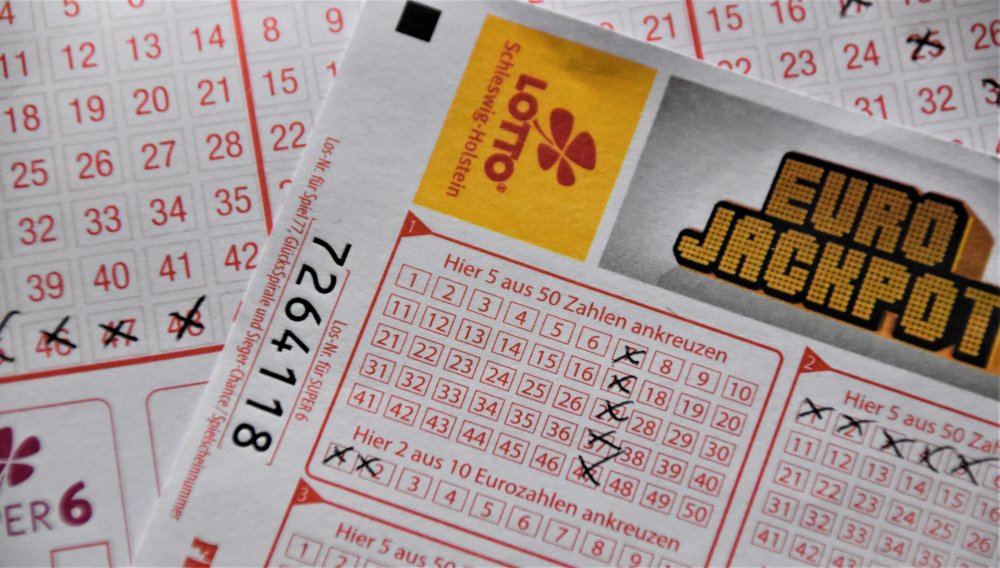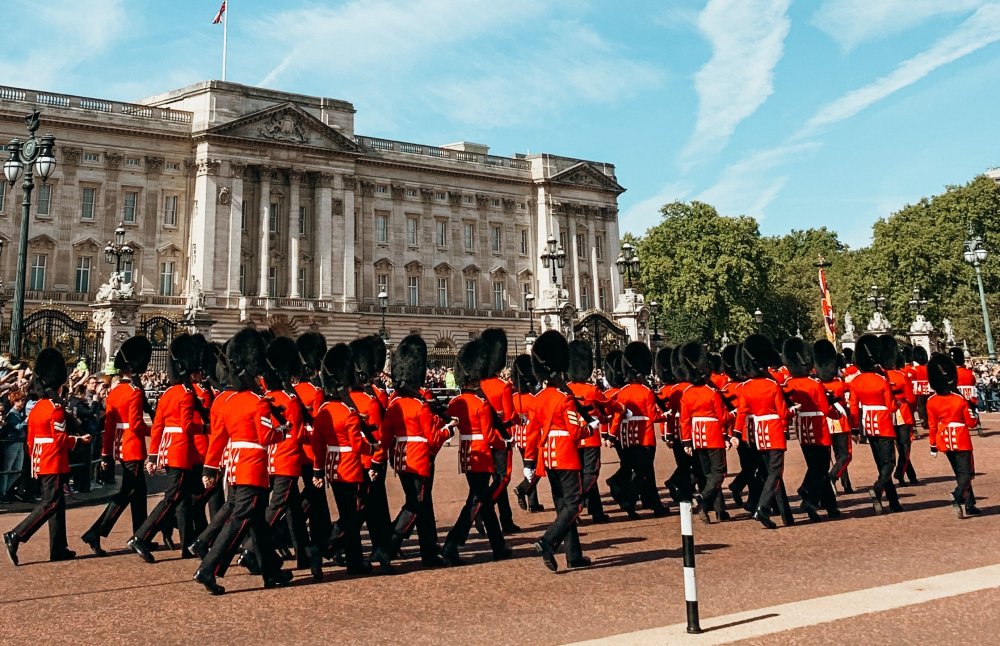 The UK Lottery, or Lotto, is almost 30 years old. First launched when John Major was Prime Minister in November 1994, it has been a permanent fixture on Saturdays and Wednesdays ever since. But while millions of Brits still play the lottery every week, it’s also interesting to note that it is much less of a television event. In fact, since January 2017, the live lotto draw is no longer broadcast on television. Some might shrug at such a statement, but it’s worth noting that the live draws used to draw in millions of viewers in the 1990s; the kind of numbers broadcasters would be crying out for today.
The UK Lottery, or Lotto, is almost 30 years old. First launched when John Major was Prime Minister in November 1994, it has been a permanent fixture on Saturdays and Wednesdays ever since. But while millions of Brits still play the lottery every week, it’s also interesting to note that it is much less of a television event. In fact, since January 2017, the live lotto draw is no longer broadcast on television. Some might shrug at such a statement, but it’s worth noting that the live draws used to draw in millions of viewers in the 1990s; the kind of numbers broadcasters would be crying out for today.
Of course, the lottery has changed in the UK. In fact, there are many different UK lotteries playable online and offline, including those run by and associated with the National Lottery, such as the Thunderball and Euromillions, and other competing campaigns, such as the Postcode and Health Lotteries. The fact, then, there are so many games competing with the central idea of the Lotto would indicate why there is a lack of focal point for the Lotto draws on television. But only up to a point. You see, the demise of the lottery as a tv show is not about the game, but rather the demise of ‘event’ television.
Streaming has changed our viewing habits
Indeed, it is indicative of the zeitgeist that you can watch the UK lotto draws live in 2023 – on YouTube. Streaming is often cited as the bête noir for network television broadcasts, as has catch-up tv, social media, and several other facets of modern entertainment. Of course, it’s not as if every family in the UK gathered around the tv set to watch the lottery draws, but viewing figures in the 1990s would regularly surpass 10 million. Viewing figures for the National Lottery’s YouTube channel are measured in the tens of thousands, not millions.
In a sense, the lottery draws are suggestive of our changing habits in regard to event tv. Sure, you can find specific programmes and events that gather large swathes of the nation together around the box: England vs France at the 2022 World Cup drew 19.4 million viewers for ITV; the Gavin & Stacey Christmas Special in 2019 drew 17.92 million viewers for the BBC; Blue Planet II drew 14.01 million viewers in 2017. But those are all the largest viewing figures for those particular years. As such, they are outliers. Moreover, it’s worth noting that they are all pointing to a general downtrend in viewing figures.

Event tv has seen a steady declining in viewing figures
It’s probable that the coronation of King Charles III will become the most-watched tv event of the year, but it is also likely to be down on similar events of the past. 27.6 million viewers watched the wedding of Princess Anne and Mark Phillips in 1973. There are about 20 million more people living in the UK today than 50 years ago, but the 2023 coronation will be lucky to get half those numbers.
The main question, perhaps, is whether anything is lost with the demise of event tv. As mentioned, not everyone watched the lottery live draws in the 1990s, but millions did. And there was, thus, a sense of a nation experiencing something together. We still get that with episodic television, with Happy Valley providing a good example of that. The idea of event tv is that you might chat about it to a friend the next morning, discussing what happened and what might happen next. The Netflixisation of television, creating the binge culture, where everything can be accessed on demand, changes the dynamics of what that “event” means.
None of this is intended to argue that the lottery draws should – or shouldn’t – be broadcast live on primetime television. Rather, it’s to say that our viewing habits have changed so dramatically that it probably sounds alien to suggest that the lottery draws were something that we used to watch, with intention. Today, there is such a huge variety of entertainment vying for our attention. But that leads to disjointedness among the viewing public.
